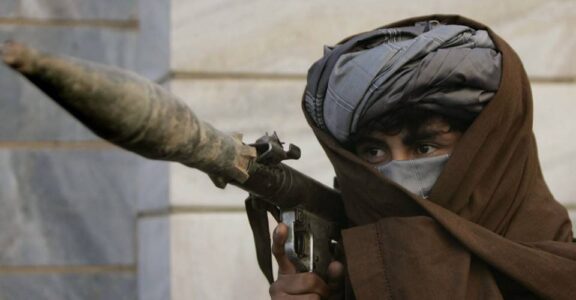
China is in the crosshairs of the Tehreek-e-Taliban terrorists
On April 21, a car packed with explosives detonated in the parking lot of the Serena Hotel in Quetta, the capital of Pakistan’s restive Baluchistan province. Five people were killed and another twelve were injured in the attack (Dawn, April 21).
Tehreek-e-Taliban Pakistan (TTP) claimed responsibility for the deadly explosion (The News, April 23). An umbrella grouping of Pashtun militias that operate in the Pakistan-Afghanistan border areas, the TTP wreaked havoc in Pakistan between 2007 and 2014.
It carried out countless attacks on military installations, convoys, police stations, schools, and places of worship for minority religious sects. The violence it unleashed claimed the lives of over 80,000 soldiers and civilians in this period (Terrorism Monitor, March 26).
However, the TTP’s capacity began to weaken in 2014, relegating it to “near-irrelevance” in subsequent years (TRT World, August 21, 2020). It is in this context that the TTP’s attack at the Serena Hotel is significant as it indicates that the grouping is ascending again. The TTP could also increasingly target Chinese projects and nationals in Pakistan.
The TTP was established in December 2007 in response to the Pakistani military’s crackdown on militant clerics holed up in Islamabad’s Lal Masjid. Its main objective is to topple the Pakistani state and establish Islamic law in the country.
Within a year of its formation, the TTP was in control of much of the seven Federally Administered Tribal Areas (FATA) and wielded influence over a large expanse of Khyber Pakhtunkhwa province. After taking control over much of Swat, it advanced to Buner and seemed within striking distance of Islamabad (Dawn, July 13, 2017).
However, the TTP’s audacious attacks on American and Pakistani military targets proved to be its undoing. Its leaders came under American drone strikes while the Pakistan military unleashed a string of robust offensives on the TTP in the tribal areas. These shattered the TTP’s command and control structure and scattered its fighters.
Factional fighting, splits, and defections of TTP commanders and fighters to Islamic State Khorasan also took a heavy toll (TRT World, August 21, 2020). By 2014, it was a much-weakened force, reduced to attacking soft targets.
Source: James Town





